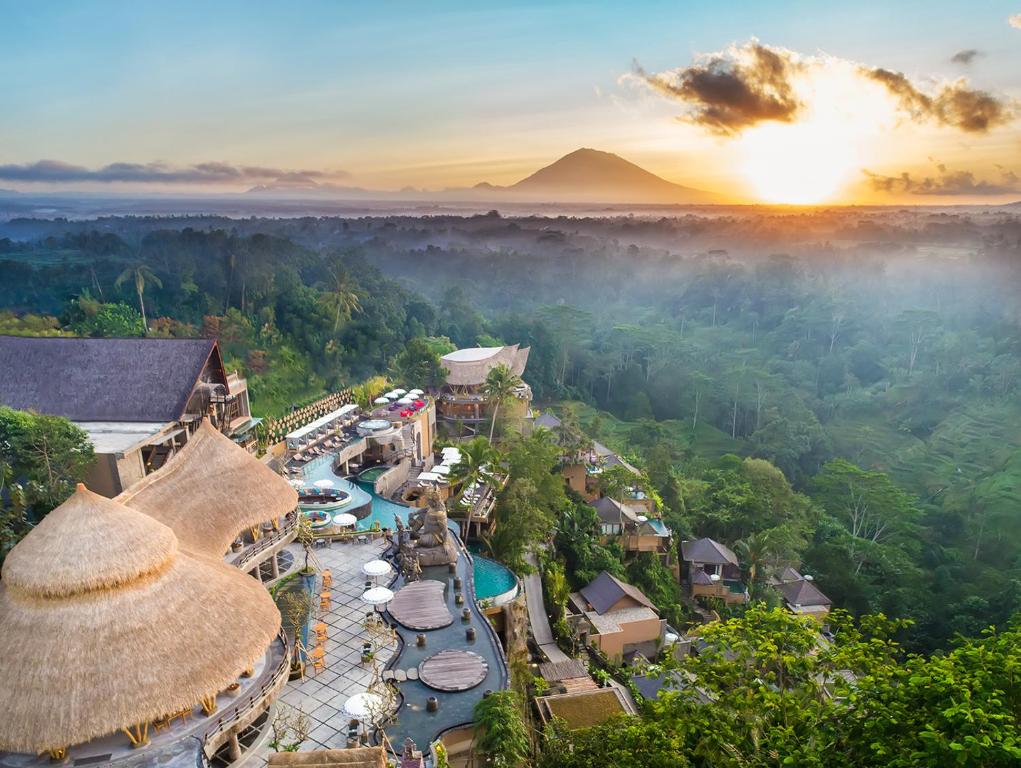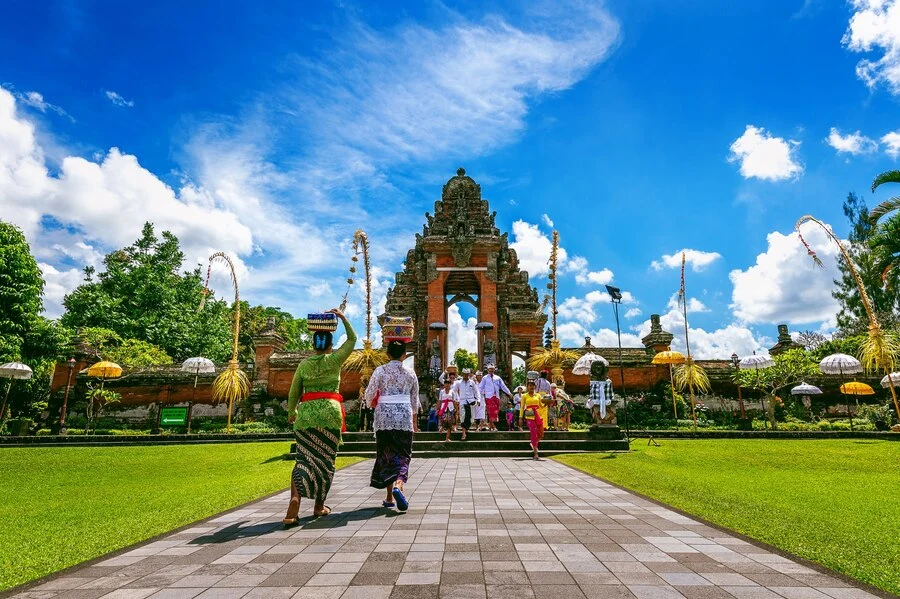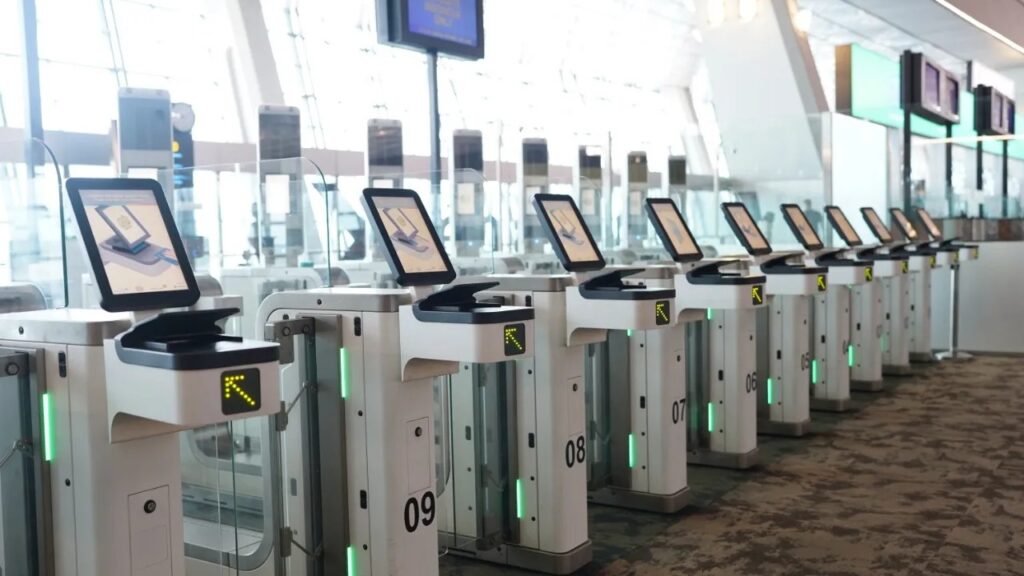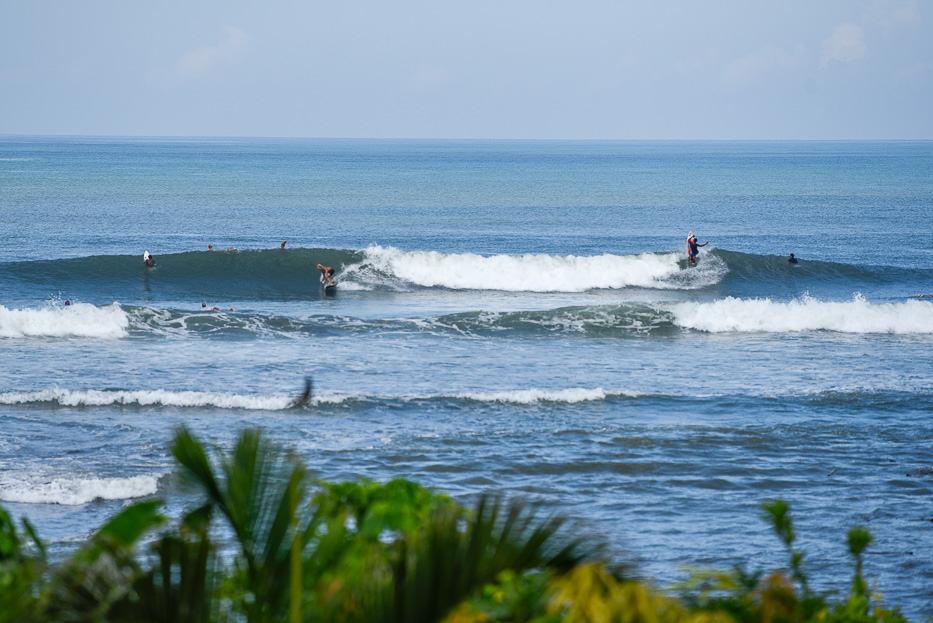Bali is often showcased as an untouched tropical Eden—an island where sunsets blaze behind palm silhouettes, spiritual ceremonies unfold beneath banyan trees, and every corner offers a photo-perfect moment. And yes, much of that beauty is real. But there’s another side of Bali—one that’s rarely highlighted in glossy travel vlogs or curated social feeds. Beyond the hashtags lies a layered, sometimes uncomfortable reality that’s equally important to acknowledge.
Understanding Bali means embracing its paradoxes: a place where reverence and tourism collide, where paradise is at times interrupted by overdevelopment and cultural strain. This article isn’t meant to dissuade you from visiting Bali—it’s meant to help you see it more clearly, to travel more consciously, and to connect with the island in a way that goes beyond surface-level experiences.
🌴 A Dream Destination Grounded in Reality

The allure of Bali is undeniable. For decades, it has magnetized travelers seeking tropical bliss, spiritual awakening, or digital-nomad freedom. But what many don’t see until they arrive is just how overwhelmed the island has become by its own popularity. Landing in Ngurah Rai International Airport, you’re often greeted not with serenity, but with crowds, long queues, and a chaotic scramble for transportation.
As soon as you hit the road, the congestion becomes tangible. Roads once meant for villagers and rice haulers now overflow with taxis, scooters, and delivery vans. Areas like Seminyak and Canggu feel more like international hotspots than tranquil escapes. For those arriving with a postcard vision of Bali in mind, this first impression can feel disorienting, even disheartening.
The infrastructure, while improving, is still catching up with the influx of millions of visitors. Trash collection, waste treatment, and traffic regulation struggle under the weight of peak-season crowds. What was once a quiet surf town may now feel more like a construction zone, with towering cranes and roadside cafés competing for attention.
Still, behind the mess and noise, Bali’s essence hasn’t vanished—it’s just harder to find. And often, you’ll need to veer away from the most “Instagrammed” spots to reconnect with it.
🏖️ The Beachside Illusion – Not All Shores Are Serene

Bali’s beaches have long been romanticized—endless surf, golden sands, and hammock-strung palms. But the reality, particularly in tourist-heavy zones, is often quite different. Kuta Beach, for example, was once a surfers’ paradise, but now it’s overrun with hawkers, litter, and the rumble of party music by sunset. The monsoon season also brings an unwelcome surprise: tons of plastic waste washed ashore, much of it from outside Indonesia but exacerbated by local mismanagement.
What’s often omitted in travel blogs is the context behind those postcard-perfect beach shots. They rarely show the piles of debris, or the strong currents and unpredictable tides that make swimming dangerous in some areas. Nor do they capture the sheer volume of tourists cramming for the same sunset shot. Beaches like Seminyak and Double Six, while lively and social, are not the serene sanctuaries many expect.
Thankfully, true tranquility does still exist, if you’re willing to seek it out. Bingin Beach, Green Bowl, and Nyang Nyang offer stunning views with fewer crowds—but require effort to access, often involving steep stair climbs or scooter rides down narrow paths. On the east coast, Amed and its coral-rich bays provide a peaceful escape, especially for divers and snorkelers.
To experience Bali’s coastal magic, travelers need to approach it with flexibility and realism. Be mindful of seasonal changes, environmental challenges, and local dynamics. Paradise isn’t always effortless—but it can be earned with awareness and effort.
🙏 Culture, Connection, and the Cost of Commercialization

One of Bali’s greatest treasures lies not in its landscapes, but in its deep-rooted spirituality and cultural resilience. Daily offerings, temple rituals, and community festivals reflect a spiritual ecosystem that is both ancient and alive. However, the growth of mass tourism has altered the way culture is presented and consumed. In heavily trafficked temples like Uluwatu or Tirta Empul, ceremonies sometimes feel staged or disrupted by camera flashes and tour guides with microphones.
Cultural experiences, once deeply personal, can now be transactional. As one visitor shared in the DMNews article, it’s not uncommon to feel like you’re participating in a performance rather than a ritual. Dance shows are scheduled like attractions, not ceremonies, and spiritual retreats are often curated to fit foreign expectations rather than local traditions. This shift isn’t malicious—but it is a sign of how tourism can reshape sacred traditions into entertainment.
Yet, deeper connection is still possible. Villages like Sidemen, Tenganan, and Penglipuran continue to practice traditions not for display, but for devotion. Here, you can speak with weavers, attend temple anniversaries, and witness rituals without filters or schedules. These experiences require patience and humility—but they offer something far richer than the surface-level spiritual tourism found elsewhere.
The path to meaningful cultural connection in Bali isn’t paved with convenience—it’s paved with curiosity, respect, and time.
🌱 A Call for Conscious Travel

If there’s one takeaway from peeling back the postcard-perfect layers of Bali, it’s this: travelers have power and responsibility. The island is under strain—from its environment to its communities—and it’s up to all of us to tread more lightly. Plastic pollution is a visible issue across beaches and rivers, exacerbated by imported packaging, a lack of infrastructure, and global consumer habits. And yet, small changes make a difference.
Many local businesses are already doing the work: offering refill stations, composting, banning single-use plastics, and sourcing locally. By choosing to support these places—eco-conscious hotels, farm-to-table restaurants, ethical tours—you invest in a better version of Bali. You become part of the solution rather than the strain.
But conscious travel goes beyond being eco-friendly—it’s also about how we interact with people, culture, and place. Over-negotiating prices at markets, treating temples like photoshoots, or ignoring dress codes all signal a lack of respect. Bali is not an amusement park—it’s a living, breathing home to over 4 million people with deep spiritual beliefs and a complex relationship to tourism.
As travelers, the best thing we can bring is not a camera—it’s humility, awareness, and care.
🛕 Temples and Spirituality – Between Reverence and Revenue

Bali’s spiritual reputation is one of its strongest draws. Often called the “Island of the Gods,” it is home to over 10,000 temples, each serving a distinct role in the spiritual life of the island. From the cliffside majesty of Uluwatu Temple to the lakeside serenity of Ulun Danu Beratan, Bali’s temples are often the centerpiece of travel itineraries. But as tourism grows, so does the commercialization of these sacred spaces.
At many of the island’s iconic temples, the line between spiritual site and tourist attraction becomes increasingly blurred. Visitors are funneled through ticketed entrances, asked to wear sarongs, and often directed toward specific photo zones. Ceremonies might be ongoing, but you’ll find them framed by drone buzzing, loud group tours, and queues for the perfect selfie. While these temples are still spiritually active, the sense of quiet reverence can feel lost under the weight of mass tourism.
That doesn’t mean you can’t experience the sacred side of Bali. You just need to choose the road less traveled. Temples like Pura Luhur Batukaru, nestled in the forested slopes of Mount Batukaru, offer a tranquil, meditative atmosphere with far fewer tourists. Similarly, Pura Taman Sari and smaller village temples across the island allow visitors to witness ceremonies still centered around community devotion, not staged for an audience.
Visiting these places with intention—arriving early, dressing respectfully, observing quietly—can lead to one of the most profound and humbling experiences of your journey. The spiritual beauty of Bali is real, but it reveals itself best to those who come not just to look—but to listen.
💸 The Hidden Costs of the Tourist Economy

Tourism has undeniably transformed Bali, bringing new opportunities for employment, entrepreneurship, and global recognition. But it has also created profound disparities. The booming hospitality industry—luxury resorts, high-end villas, beach clubs—can obscure the economic inequalities that often lie beneath. While tourists enjoy $5 cocktails and private infinity pools, many Balinese workers in these sectors earn wages that barely cover basic needs.
This divide is compounded by land-use pressures. Traditional rice fields and ancestral lands are frequently sold off to developers, replacing green paddies with concrete villas. Entire villages have shifted from agricultural self-sufficiency to service-based economies dependent on the fluctuations of foreign tourism. What may feel like affordable luxury to a visitor can mean displacement, loss of heritage, and cultural erosion for the people who call the island home.
Additionally, the romantic narrative of “cheap Bali” can be harmful. Bargaining aggressively for already modestly priced goods or services—while standard in markets—can sometimes reflect a lack of cultural sensitivity. Behind every handcrafted souvenir is hours of labor, tradition, and personal pride. Understanding the value of what you’re purchasing—and who you’re supporting—adds deeper meaning to every exchange.
Ethical travel means looking beyond the price tag. Support family-run guesthouses, tip generously, and be mindful of where your money flows. A more equitable Bali is possible—when visitors choose to uplift, not extract.
🌺 Finding Your Own Version of Paradise

So, is Bali still a paradise? It absolutely can be—but perhaps not in the curated, hyper-filtered version you’ve seen online. Bali’s magic is still alive, but it now exists as a complex harmony of contradictions. The island is beautiful and burdened, spiritual and commercial, tranquil and chaotic—all at once. And to truly experience Bali is to accept all of it.
The most meaningful moments in Bali often come unplanned: the smile of a local after a shared laugh at a warung, the sound of rain hitting banana leaves during an afternoon nap, the reverence in the air during a silent Nyepi night. It’s in the details—the scent of incense in the morning air, the clink of offerings being placed at doorsteps, the rhythm of waves crashing unseen behind temple walls.
Bali is not a theme park built for your escape—it’s a living, breathing culture with a pulse of its own. If you travel with openness, respect, and curiosity, you’ll discover a version of paradise that no photo could ever fully capture. It’s imperfect, soulful, and unforgettable—and in many ways, even more magical than the version sold to you online.
🏨 Recommended Luxury Hotels in Bali

✔️ Alila Ubud – A serene riverside retreat in Ubud surrounded by jungle, perfect for spiritual seekers and nature lovers.
✔️ Villa Double Six in Seminyak (Legian) – A chic private villa offering stylish living in the heart of Seminyak’s shopping and nightlife district.
✔️ Sofitel Bali Nusa Dua Beach Resort – Elegant beachfront luxury with French flair, ideal for leisure, business, and wellness experiences.
✔️ Four Seasons Resort Bali at Jimbaran Bay – A five-star sanctuary with a traditional Balinese village concept, offering stunning sunsets and cultural immersion.
✔️ Mulia Villa Canggu – A contemporary villa oasis in Canggu, combining tranquility with easy access to Bali’s trendiest cafés and surf spots.
✔️ The Legian Bali – An iconic beachfront resort in Seminyak offering classic luxury, spacious suites, and unmatched hospitality.
✔️ The Kayon Jungle Resort Ubud – A romantic hideaway perched above a jungle canyon, designed for adults seeking serenity and wellness.
✔️ Padma Resort Ubud – A grand resort set amidst Payangan’s forested hills, featuring an infinity pool with dramatic valley views.
✔️ The Apurva Kempinski Bali – A majestic clifftop resort in Nusa Dua, combining Indonesian architecture with regal hospitality and ocean vistas.
📸 Want to uncover more of the real Bali—its culture, landscapes, and stories? Follow us for deeper guides and daily inspiration: @baliexpertguide




